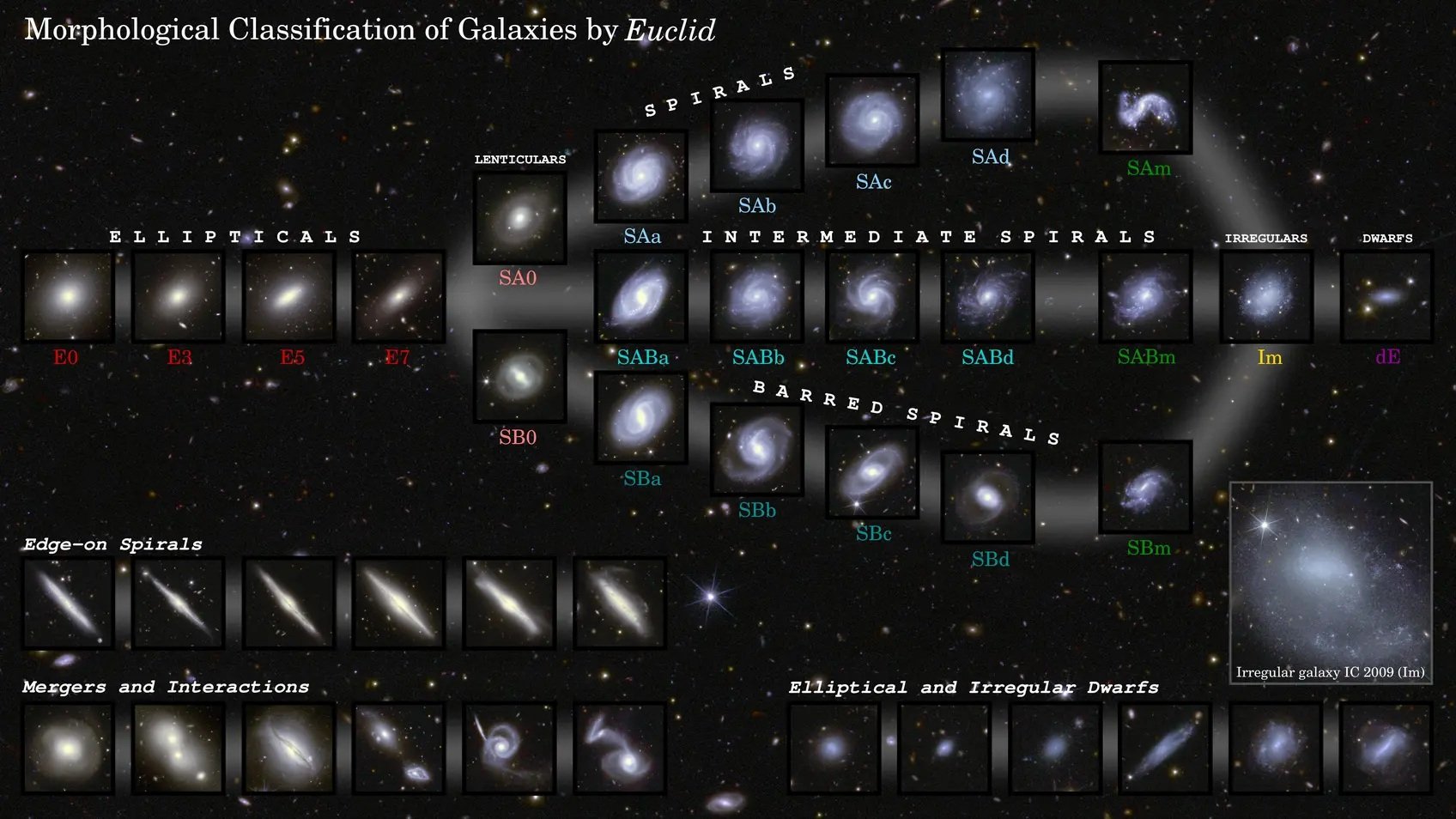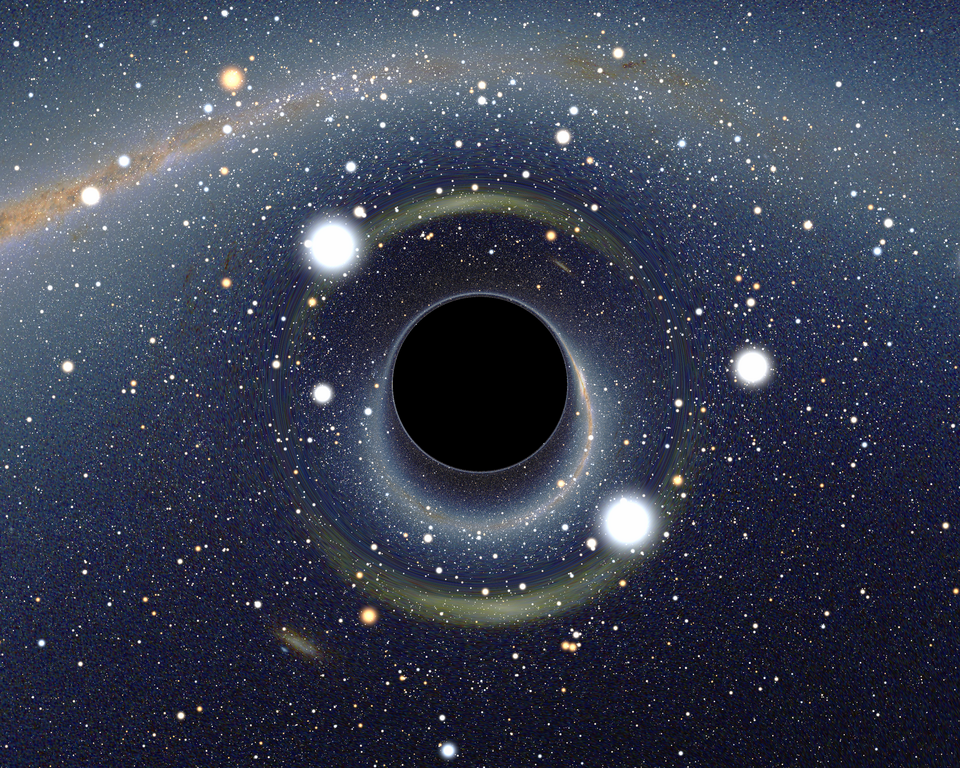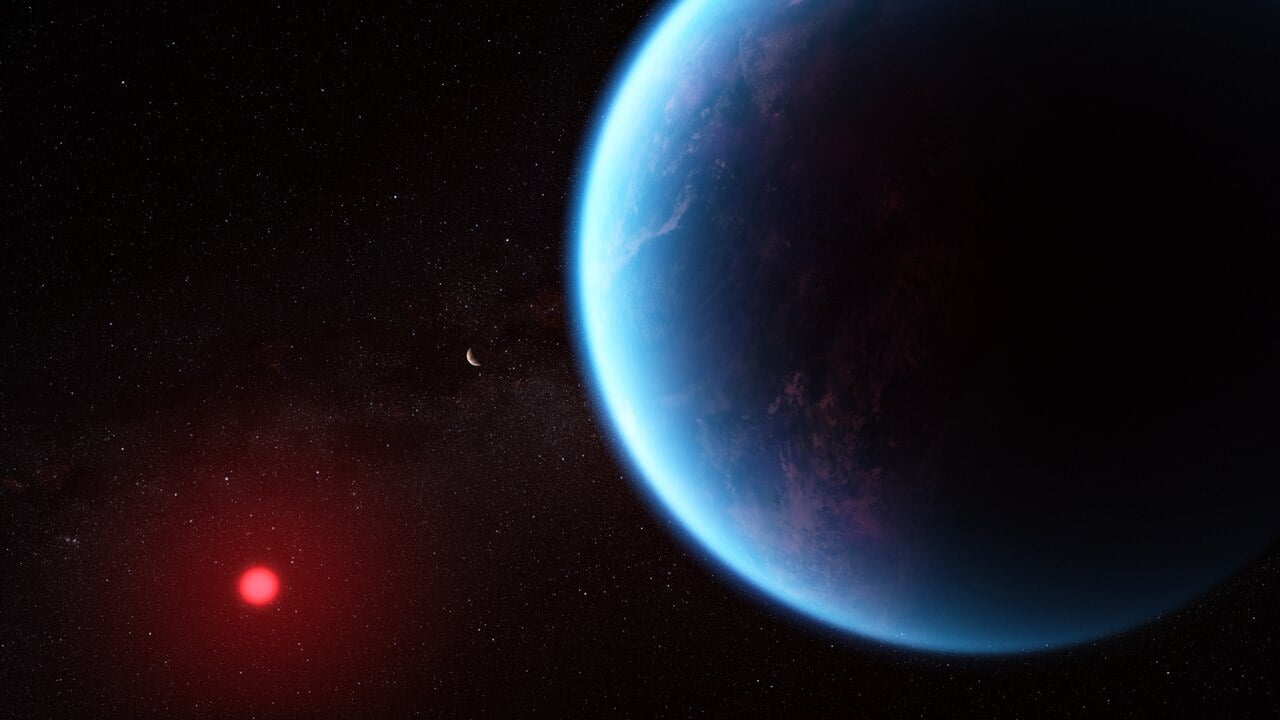The moon has no significant atmosphere, no weather, and no wind. Yet it faces an invisible bombardment more relentless than any terrestrial storm, a constant rain of micrometeoroids, tiny fragments
A newly discovered, remarkably well-preserved impact crater is shedding fresh light on how extraterrestrial bodies collide with Earth.
ESA’s Euclid space telescope is revealing the patterns of galaxy evolution of millions of galaxies across cosmic time. Scientists from the Max Planck Institute for Extraterrestrial Physics (MPE) are using
Intense solar storms responsible for breathtaking auroras across the U.S. delayed the launch of Blue Origin’s big new rocket Wednesday.
After spending four years converting a massive cargo ferry into a rocket catching ship, Blue Origin scrapped the entire vessel and started from scratch. The story of Jacklyn, named after
Billions of years ago, a rogue planet eight times more massive than Jupiter tore through our Solar System, passing closer to the Sun than Mars orbits today. That single violent
The discovery of a superheated star factory that forms stars 180 times faster than our own Milky Way could help solve a long-standing puzzle about how galaxies grew so quickly
It’s a beautiful clear night. The stars are out and the moon looks breathtaking against the sky, so you reach for your phone to take a snap. The results are,
In 2023, gravitational wave detectors caught two black holes colliding 7 billion light years away, both spinning at nearly the speed of light and both existing in a mass range
When astronomers detected potential biosignatures in the atmosphere of exoplanet K2-18 b, it raised a critical question, ‘could this world’s atmosphere even survive its host star’s radiation?’ A new study
-
 012024 in Review: Highlights from NASA in Silicon Valley
012024 in Review: Highlights from NASA in Silicon Valley -
 02Panasonic Leica Summilux DG 15mm f/1.7 ASPH review
02Panasonic Leica Summilux DG 15mm f/1.7 ASPH review -
 03How New NASA, India Earth Satellite NISAR Will See Earth
03How New NASA, India Earth Satellite NISAR Will See Earth -
 04And Thus Begins A New Year For Life On Earth
04And Thus Begins A New Year For Life On Earth -
 05Astronomy Activation Ambassadors: A New Era
05Astronomy Activation Ambassadors: A New Era -
06SpaceX launch surge helps set new global launch record in 2024
-
 07Space Force plans new ‘Futures Command’ amid pressure to speed up modernization
07Space Force plans new ‘Futures Command’ amid pressure to speed up modernization










